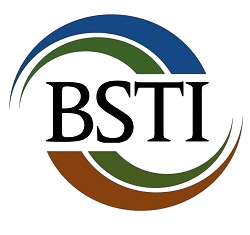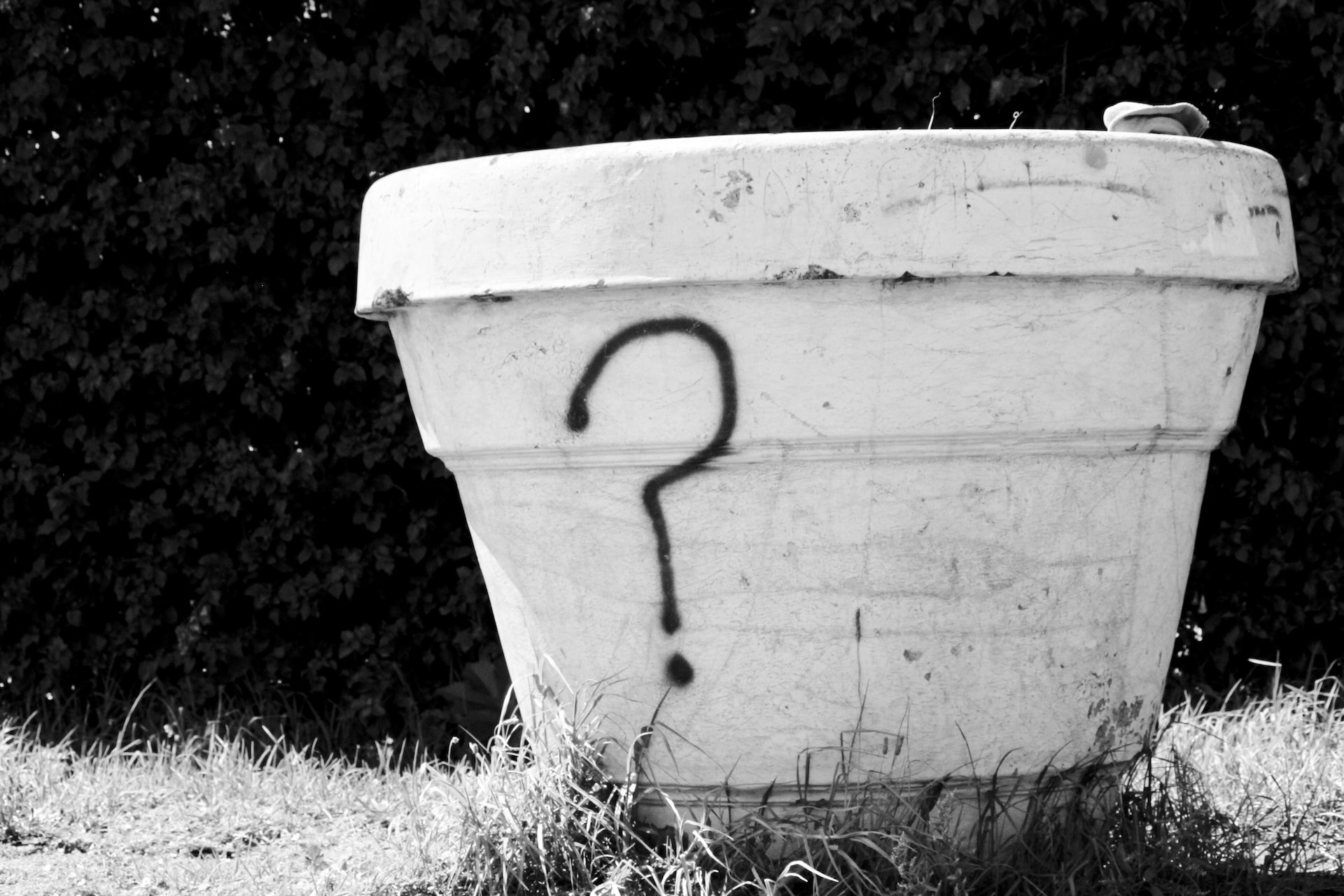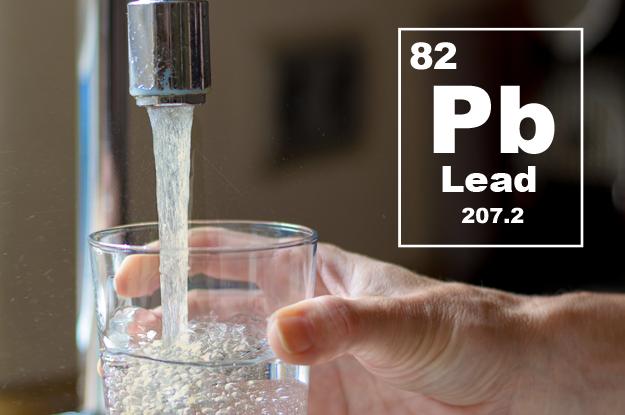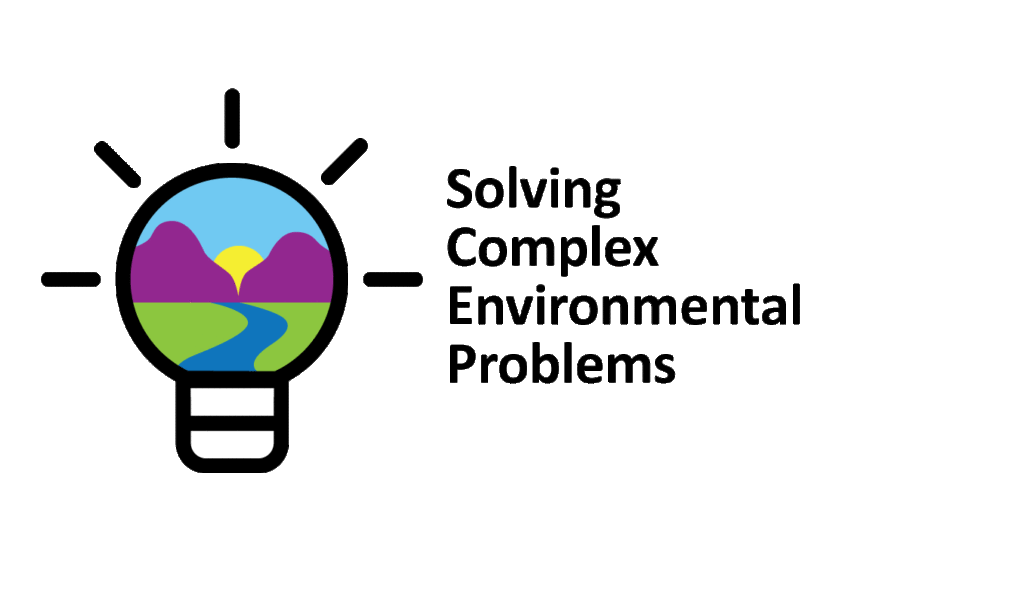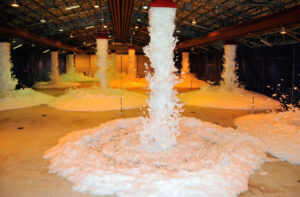
A client experienced an accidental release of fire suppression foam containing C6 PFAS compounds in one of their facilities and was paying exorbitant fees to emergency response clean-up crews. Aqueous film forming foam (AFFF) was released into floor drains that normally led to the sanitary sewer. In this emergency event, diversion valves were actuated to protect the sewer system and divert the impacted water to an exterior emergency retention basin. Unfortunately, the event happened on a windy day, and as a result the foam was subsequently spread to surrounding areas, including other storm drains that ultimately emptied to a nearby stream. Emergency response included manpower and multiple vacuum trucks to remove the foam from the sewers and stream nearly a ½ mile away. Recovered water was transferred back to the facility and staged in numerous temporary 20,000-gallon storage tanks. After a few weeks, the response footprint was reduced to just the localized sewer system. However, the client was obligated to continue with recovery efforts on a 24 / 7 basis at costs in excess of $18,000 per day until a permanent solution to the problem was in place.
BSTI was enlisted into this project by one of our partner companies to see if we could design and implement an automated solution to the costly manual water collection program. Within less than 24-hours of visiting the site, we responded with a solution for an automated recovery system designed to remove the expensive vacuum trucks offsite as soon as possible. Because of our remediation experience and can-do attitude, we were able to procure, fabricate and deploy recovery pumps and control systems within days. Measures were also implemented to reduce/prevent storm water from being introduced into the affected sewer network which lessened the volume of impacted water being containerized. Within less than one week of system deployment, the client was able to remove the manual crews and vacuum trucks from the site. The immediate benefit to the customer is that they now have a reliable automated recovery system in place for the same cost of just two days of vacuum trucks.
BSTI was subsequently asked to design and operate a treatment system for the containerized PFAS-containing water. That, however, will be the subject of another installment of Solving Complex Environmental Problems.
If you have questions about this subject and wish to contact us, contact Tony Finding at tfinding@bstiweb.com.
